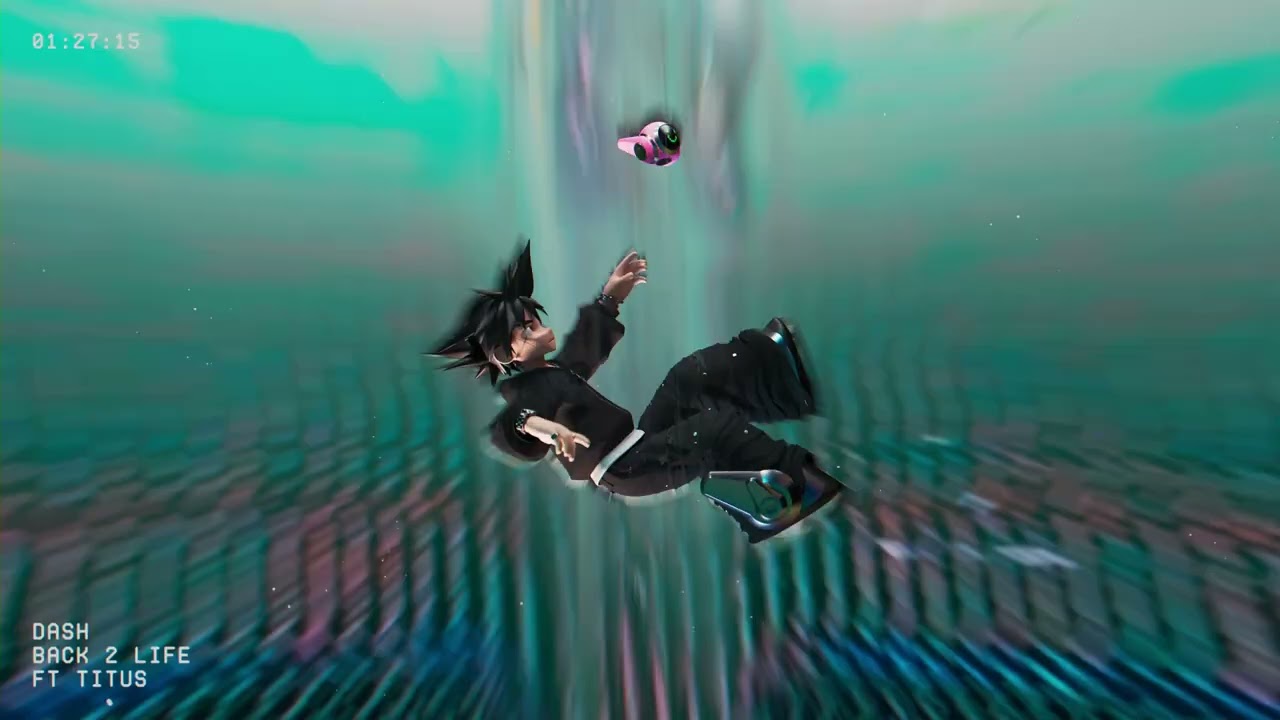Thanks to his popular series My Hero Academia, Kohei Horikoshi has become one of the most successful mangaka currently being published. The series has been running since 2014 and has become a runaway hit in the years that have followed. Right before its inception, however, Horikoshi had another, much less successful manga being published.
Barrage told the story of an aloof young man who gallivants as royalty to prevent an intergalactic war. Though it was filled with action and colorful designs, Barrage's lackluster story failed to gain any foothold with audiences local or international. Available now through the Viz Media Vault, here's a look back at Barrage, the book whose failure superseded My Hero Academia's success.
Barrage's Plot
Barrage tells the story of a young man named Astro, who lives a destitute life on the planet Industria where he tends to his younger siblings. Despite his homely upbringing, he ironically bears an uncanny resemblance to Barrage, the prince of Industria. When said royalty falls in battle against invading aliens, Astro takes his place and begins masquerading as him.
The king of Industria is an older man who's unable to fight and defend his planet with the power of the mysterious weapon Orgue. Thus, it falls on Astro, still in the guise of Barrage, to be trained as the next king and defend his homeworld and family. He is aided by Tiamat -- his trainer -- and a young woman named Tico, who seeks revenge for the aliens killing her mother. In between facing the aliens and learning to wield the planet-saving Orgue, Astro learns several secrets about the planet and himself along the way.
Why Barrage Ended
Like most seriliazied manga, the series started as a one-shot story in Jump Next! before becoming a full-series in the pages of Weekly Shonen Jump. Beginning its run in May 2012, it was subsequently picked up by Viz Media to be released in the American equivalent to WSJ. This potential international audience, unfortunately, didn't do anything to keep the series alive. The manga concluded its short run in September 2012, a mere four months after beginning, which created enough material for two tankobon manga volumes.
The reasons for Barrage's early cancellation were many. While the series wasn't a bad manga by any means, it's a stretch to call it a particularly good one, either. The characters were never exceptionally well-written and were typically stock and cliche. A great example of this was Astro, whose only real motivation was the family that he constantly droned one about. This familial attachment likely rang too close with annoying tropes of friendship and "nakama" that had become omnipresent in even the most dramatic manga.
The villains were also not very interesting and were essentially just there to drive the plot forward without any real tension. Their threat level is never really explained, making the story too dull to care about following. The setting itself may have also been an issue, as its vague fantasy elements were included amid intergalactic science fiction. That latter category has usually been a tough sell in the world of manga, as shown by Masashi Kishimoto's failed manga, Samurai 8. The Westerners who may have read it through the American Weekly Shonen Jump were probably a negligible audience, as manga popularity hadn't quite had a resurgence in the West yet.
The art was also a slightly inferior version of what Horikoshi would feature in My Hero Academia. However, some designs bear a heavy resemblance to characters we'd later see in My Hero Academia. All in all, Barrage, while okay, wasn't ready to set the world on fire. Thankfully for the mangaka, his next series would accomplish just that.


